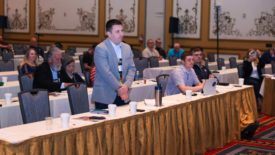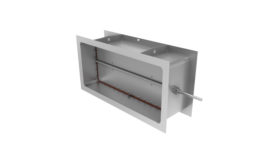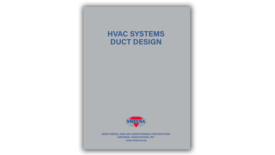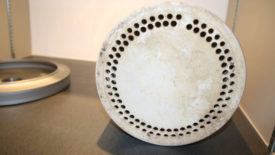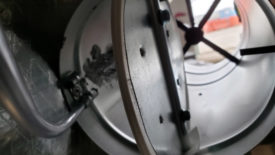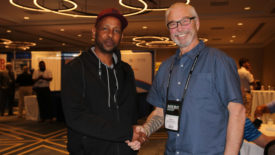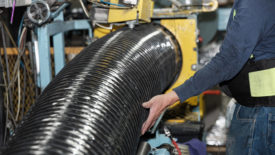Home » Keywords: » duct systems
Items Tagged with 'duct systems'
ARTICLES
'Both Richard and Mark have played a crucial role in paving the way for others,' says NADCA president April Yungen
Read More
NADCA Welcomes New Board Member, Matt Mountain
Mountain owns Mountain Duct Cleaning, which is based in the greater Twin Cities area of Minneapolis—St. Paul, Minnesota
Read More
Ruskin: Single-bladed bubble tight isolation damper
Each BTD830 damper is fully cycled and tested at the factory prior to shipment in accordance with AMCA Standard 500-D
Read More
SMACNA Publishes New Standards Manual
Manual provides detailed information on: air distribution materials, duct system layout, fan selection, duct leakage, acoustic considerations and TAB
Read More
Why Flame Attenuated Insulation is Better than Rotary for Most HVAC Applications
While flame-attenuated marbles do add an extra step to production, they also add a step of quality control
Read More
Gripple Sponsors Two Electronic Detection K9s for Law Enforcement
Donation at 2024 AHR Expo allows for two law enforcement agencies to find electronic devices in child sexual abuse investigations
Read More
Design Review: Where to Locate Flow Safety Switches for Electric Heating Coils
The more we can analyze potential problems with equipment used in different types of system designs, the better we can assist our clients in design reviews
Read More
New Owner of Klean King Furnace and Duct Cleaning Plans to Expand
Ethiopia native Gemechu Daba purchased the company in 2022 and earned his CVI from NADCA. Now, he’s ready to grow the 35-year-old business
Read More
Flex Duct Manufacturer Scales up National Footprint
Building on more than 60 years of work on the national stage, JP Lamborn Co (JPL) continues to grow
Read More
Copyright ©2024. All Rights Reserved BNP Media.
Design, CMS, Hosting & Web Development :: ePublishing

